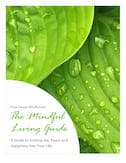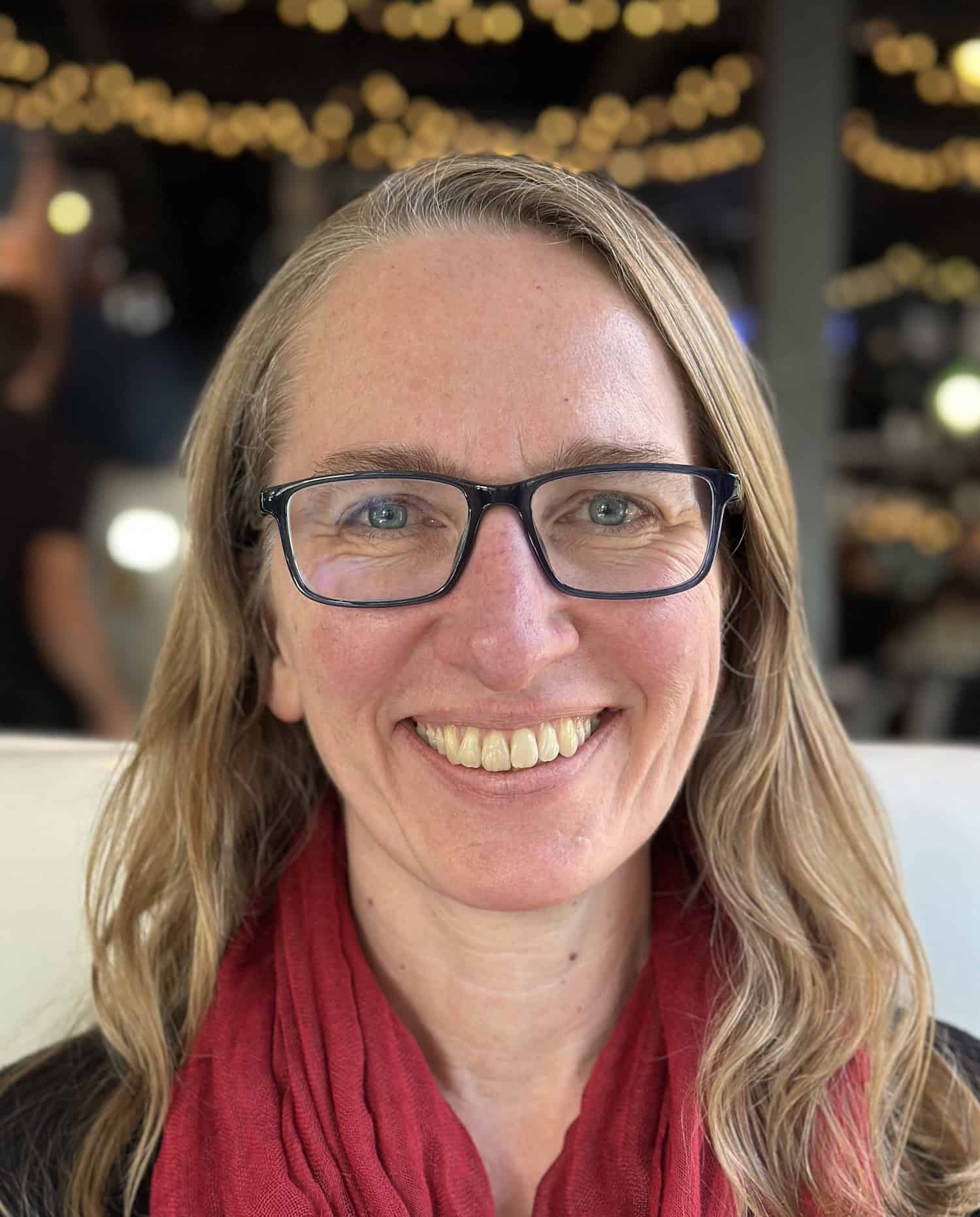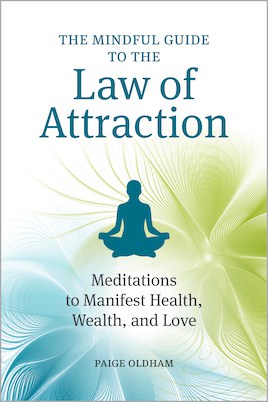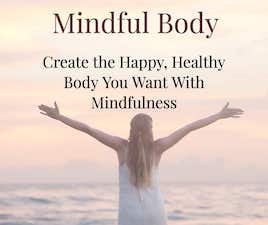It’s been one of “those days.” Just about anything that could go wrong has. You’re feeling defeated, anxious, depressed or any other feeling you’d rather not feel.
To deal with it, you go to your favorite comfort activity: zoning in front of the TV, binge eating, smoking, drinking, shopping or anything else that will help you to forget about things. And then you start to feel bad about what you’re doing to cope with that bad day.
Is there another way? Of course there is. Like everything else in life, you have choices. You just have to remember that you have options.
If you want things in your life to change, you have to start making – and acting on – different choices.
Reframing
Reframing means looking at things differently, making up a different story about what’s happening.
For example, when I’ve been stuck in airports with delays of up to six hours (or more), I could have been angry (actually, I was when the airline fiasco started), played the victim (“I can’t believe this is happening to me!”), dwelled on all the time being wasted or many forms of other negative thinking and feeling – none of which would have changed the situation or made me feel any better. And it’s all about feeling better.
After doing a quick mindfulness check early in the process and noticing my initial anger, I realized that I now had tons of time to get a backlog of work done or to write a new article or two. It was like the stormy skies opened to reveal the bright sunshine.
This was a great opportunity!
I caught up on work, wrote a post and felt much better by the time I reached my destination – probably better than if there hadn’t been a delay.
When a day seems to be turning into one of “those days,” pause, take a few deep breaths and ask how the circumstances can create opportunities for you instead of the roadblocks you’re so accustomed to seeing. Make up a better story about it that helps you to feel better.
What you see in any circumstance is based on the same stories you’ve repeated internally for years.
Do you always see the unfairness in every situation? Or how you always end up with the short end of the stick? Or how others get better opportunities than you? Or how nothing ever works out in your favor?
Those are simply beliefs. Your subconscious is constantly trying to find ways to confirm those beliefs. The more you think them, the stronger the feelings and associations become and the more often you project them on situations in your life.
You can break those cycles in many ways, one of which is reframing. Since this can sometimes be difficult to do on your own, you can start to open your perspective by asking others how they interpret the same situation. It’s likely you’ll get a variety of answers based on each person’s unique set of beliefs.
It’s All About Feeling Better
Many people find it hard to question their own beliefs. These beliefs have been held for so long that they seem to be “the truth” for the person holding them.
My question is: Would you rather be right or happy?
While it would seem that the obvious answer would be “happy,” I’ve actually had close family members choose “right” because anything else would create a massive threat to their ego/self-image. So, I understand that this seemingly simple question isn’t always an easy one to answer.
Back to my airport fiasco. When I noticed my initial anger over “This shouldn’t be happening! I have people to meet and plans to follow!” I knew that anger wouldn’t help the situation, and it certainly wouldn’t help me to feel happier. I chose to be happier, acted on that and had a great trip.
Simple Steps to More Happiness
The next time you see your day evolving into one of “those days,” and you find yourself falling into the abyss of less-than-helpful beliefs and actions, take a moment and practice the following:
- Breathe and pause before doing something unhelpful.
- Ask your True Self what emotion, need or belief you’re trying to feed and what your True Self thinks will be the best way to nourish you.
- If you have one, contact your accountability partner.
- Think of a new, more productive habit, thought or belief you can use to replace the destructive one (meditate, walk, eat something healthy, listen to great music, find the opportunity in the situation, etc.).
- Write out (using pen & paper – no computers) your contingency plan for the next time things don’t go so well. For example: “When I’m feeling agitated and reach for a [vice], I pause and take three deep breaths to connect with my heart. Then I take a walk outside for at least ten minutes. While walking, I ask my True Self what she needs. When I return, I feed my soul with the nourishment that my True Self suggested.”
To head off days turning into “those days,” create a daily practice that helps you to think differently about yourself and your world.
As part of your daily practice, do one of these in the morning and one in the evening:
Gratitude List: Every day, write (using pen & paper) ten reasons you’re grateful for something or someone. Alternate between things you love and things that drive you crazy. Include things you’re neutral about. Examples:
I’m grateful for my partner or being single because…
I’m grateful for [someone who drives you crazy] because… Note that people drive you crazy for a reason. That reason can teach you an immense amount about yourself.
I’m grateful for [my favorite food] because…
I’m grateful for my job/business because…
I’m grateful for hot water because…
I’m grateful for cloudy days because…
Loving Kindness meditation: This is another way of seeing (and accepting) things and people you love and things and people that drive you crazy in the same light. It may be difficult at first, but, like any other practice, gets a little easier with regular practice.
Here are some sites with instruction:
http://www.buddhanet.net/metta_in.htm
http://www.contemplativemind.org/practices/tree/loving-kindness
https://thebuddhistcentre.com/text/loving-kindness-meditation
Everyone has “those days.” Unless you’re the Dalai Lama or Mother Theresa, you’re going to start down a negative path. With regular practice, especially on days that aren’t so bad, you can change what your brain tells you about the situation.
You can create the habit of looking for the good in any situation. You can begin to look inward to find the lesson in the muck. You can begin to choose happiness regardless of what’s happening around you.
Create the life you want: Combine the law of attraction with mindfulness
The law of attraction suggests that our positive or negative thoughts bring about positive or negative experiences. My latest book, The Mindful Guide to Law of Attraction, pairs that belief with the powerful practices of mindfulness. Through intentional breathing, writing, and engaging, you’ll hone a method for manifesting health, wealth, and love―the elements of happiness.
Let the law of attraction work for you by adopting its basic steps of identifying and visualizing the things you desire. Then use 45 practical meditation techniques included in the book to achieve awareness. By concentrating your positive energy on obtaining your wants, you’ll give yourself permission to receive them.
To your happiness! ~Paige

You can find this book at Amazon, Barnes & Noble, Books-A-Million, and Indigo.







 The Mindful Living Guide
The Mindful Living Guide




Hey Paige, great post 🙂
LOVE the pic in the beginning! Never noticed this ha, brilliant!
For me a big part of reframing is accepting that the day until then was “just one of those days”. As soon as I do that I feel much better and it becomes easier to turn the rest of the day around.
That’s why meditation helps so much. Just to have that level of awareness to be able to recognize those feelings.
Thanks, keep up the good work! 🙂
Thanks so much Niklas! Yes, the mindfulness, the act of noticing what we’re thinking is the key to turning things around. And meditation gives us the time and space to process what’s going on, even if it’s only for a minute or two.
All the best to you!
Thanks Paige! Do you have a specific tip for meditation? What’s a practice you use yourself?
I usually meditate for about 10 minutes after my yoga practice. Yoga helps me to get centered and more present (it’s almost impossible to do balance poses if your mind is somewhere else). Meditation helps me to pull thoughts together. I sit and count about ten breaths to bring my mind from wherever it might have wondered. Every day’s meditation practice is a little different depending on what’s happening in my life. Sometimes I’ll ask my body why it’s holding an ache or pain. Or I’ll open up to my True Self if I have a decision to make. Or I’ll just focus on my breathing and do a body scan.
The commitment to the time for myself is priceless. I’m being present and open to what my True Self needs – something that’s often difficult to do in the middle of a busy day.
Hope that helps Niklas!
Thanks Paige! I like the breath counting. It’s something I do after swimming at the pool usually. I sit outside the water and take 10 deep breaths.
Haven’t had the idea to use it in the morning for meditation though, good one!
And I agree: Just to commit to dedicating yourself a set amount of time each day is such a game-changer!
Thanks for this reminder, Paige! We really do have the power within us to stop and turn things around. It doesn’t happen immediately, but practicing your ability to find it, as you point out is key. I just had a big lesson in my life about finding the gold buried under the mud. . . it was a huge lesson and I won’t forget it! I’ll be sharing it on my own blog soon! 🙂
Can’t wait to read about it Jessica!
Paige, I have found thought reframing, gratitude, mindfulness, and other ways of working with my thoughts to be the key to calm and happy for me. I used to be so riddled with anxiety and depression. We can truly change our lives simply by changing our minds. Thanks for the wonderful post and reminders.
Sounds like we’ve traveled a similar path Debbie. Depression used to be a regular part of my life. Now it’s truly difficult for me to think of something to be depressed about before my subconscious jumps in with all there is to be grateful for. Practicing mindfulness and gratitude on a daily basis created the baby steps to get to the other side.
Great post Paige! I am all about “reframing” in my life! Thank you for the loving kindness meditations and the new app, Chill. I just downloading it and several others thanks to your recommendation. I can’t wait to try it out!
Thanks Betsy! It’s amazing how much happier I can be after a little reframing. Our moods and actions are so related to the stories we tell ourselves about the world. Tell a different story and get a different outcome.
Paige I am reading this after spending yesterday with Marianne Williamson and started my day adding in day one of ACIM and more prayer. The workshop was put on by Wakeupproject.com.au here in Australia and their whole theme is Kindness and they have kindness cards
Thanks for the tools. I have the inquiry cards too and also draw an angel oracle card each day xox
Sounds like an amazing experience with Marianne Williamson! Yes, I love the cards too. They always seem to invoke the question I need to ask at the time.